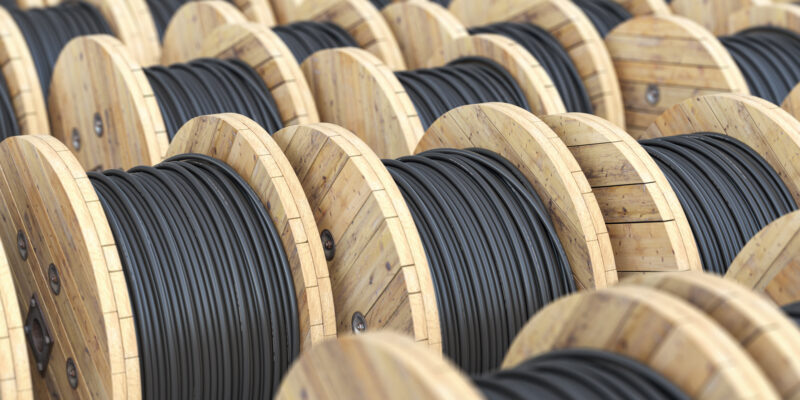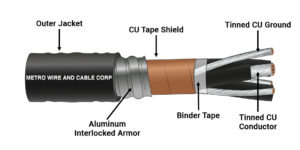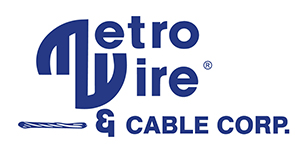
What is VFD Cable
- Variable Frequency Drive Cable
- VFD Cable Applications
- VFD Cable Construction
- Other Considerations
- Connectors
Variable frequency drives (VFD) have numerous applications across many industries. This has much to do with their unique ability to satisfy the fluctuating energy needs of motors and other equipment.
VFD drives require a variable frequency drive cable for optimum efficiency. Not only do they ensure a safe operational environment, they can also prevent damage to drives and motors thanks to essential protective features. Here are a few things you should know about this important electrical component and how it works.
Variable Frequency Drive Cable
VFDs are controllers that provide power to electric motors. They only supply as much or as little energy needed for the specific application. This variability creates a more volatile electrical environment between the drive and motor. That’s where VFD cables come in.
These cables are designed to withstand this volatility without breaking down or damaging equipment. When compared to standard cables, they’re much less likely to cause an equipment failure. They’re also less likely to experience damage to insulation as voltage increases and decreases. Cable insulation is crucial when it comes to safety and product reliability.
VFD Cable Applications
VFDs and their associated cables are used to power a wide variety of parts and components. They’re used in multiple industries, including manufacturing, industrial production environments, wastewater treatment plants, data centers, and many others. They provide power to motors that operate components like fan’s, compressors, sensors, and many other types of machinery.
VFD Cable Construction

Cables for VFDs contain four essential elements:
Conductor
A standard cable configuration contains three conductors made from copper or tinned copper. Copper is a good conductor of electricity because electrons can move freely throughout the metal. These electrons also help conduct heat and electricity through the material.
Grounding
Grounding safely discharges electricity to prevent a major shock. Most applications utilize a single ground wire or three-symmetrical grounds. However, there are many other configurations available in the event of a special application.
Shielding
VFDs create a lot of electrical noise during operation. Shielding prevents electrical noise and current from escaping the system, while also keeping out electrical noise from other applications.
Shielding can be made from a variety of materials, including copper or aluminum. These shields may be applied around the conductors in a foil or woven braid design.
Insulation
Insulation must be sturdy and dependable to provide continued protection. It should be able to resist damage in a number of situations, including crushing/compression, impacts, liquid spills, and many others. VFD cable comes in a variety of insulation types (XLPE, PVC, LSZH [Low Smoke Zero Halogen], etc…) depending on the application, environment and special considerations.
Other Considerations
VFD cables are commonly available in various voltages, most commonly 600V, 1KV, and 2KV. Cables rated for higher voltage have increased insulation to withstand massive spikes in electricity as a motor is operating.
Due to the fluctuating electrical currents they produce, VFDs have a bigger risk of a corona discharge. Choosing a VFD cable with cross-linked polyethylene insulation instead of polyvinyl chloride will offer greater resistance against a corona discharge.
VFD cables can also be constructed to withstand extremely high temperatures without breaking down.
If you’re in need of a more pliable cable, they can also be designed for maximum flexibility; perfect for robotic, conveyor, gate access, and crane applications.
Lastly, armored VFD cable types are perfect for industrial applications to minimize damage caused to the conductors due to an outside force bearing down on the cable. Armoring comes in a variety of different types, most commonly corrugated or longitudinally applied.
Connectors
Cable termination involves the connection between the cable itself and a device, such as a motor in the case of VFD cable.
With VFD cables, the shielding and grounding system should connect directly to the motor and drive respectively. If the motor has a safety disconnect, the system should extend through it to the device. Failure to do so can result in electrical noise generation.
